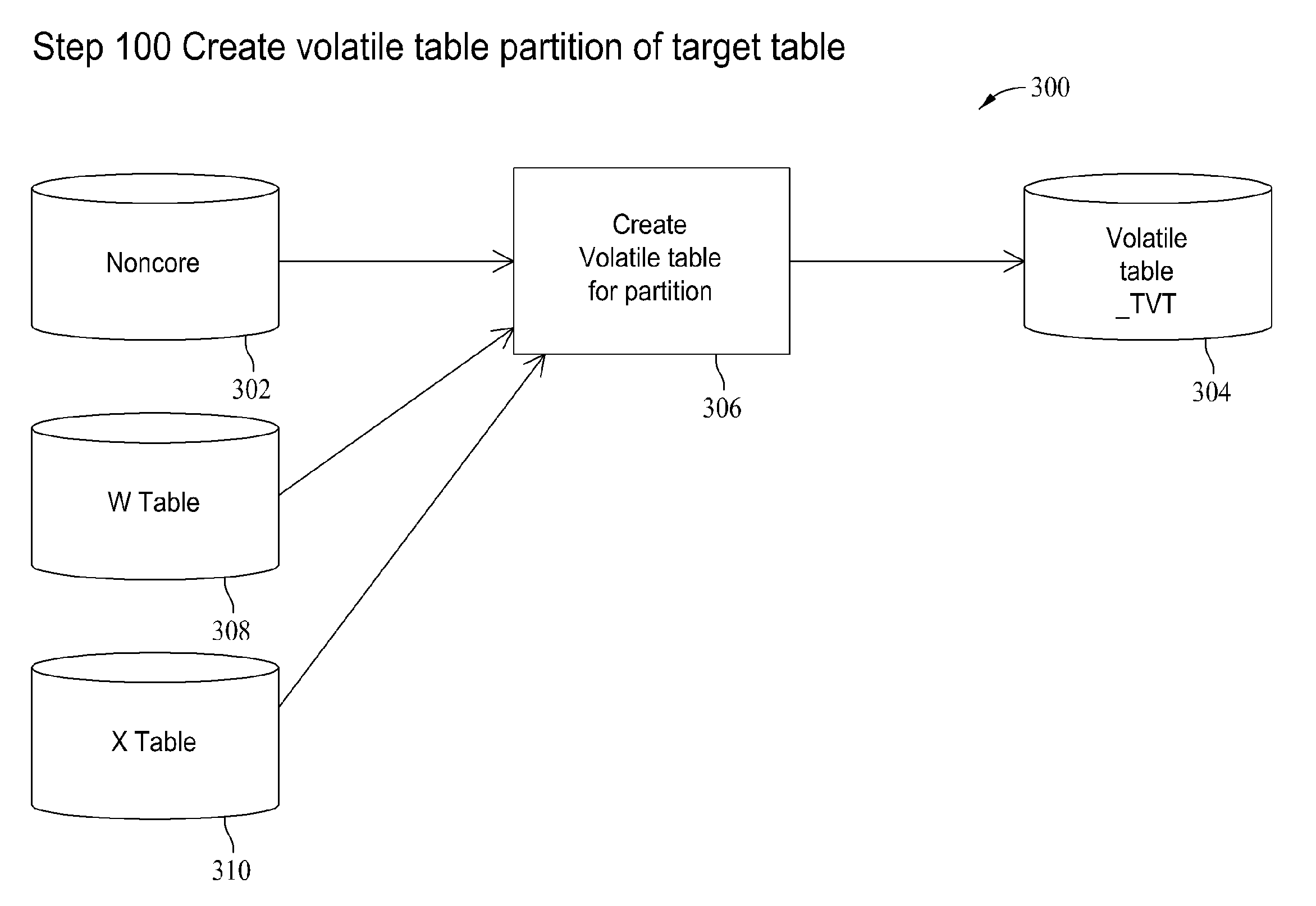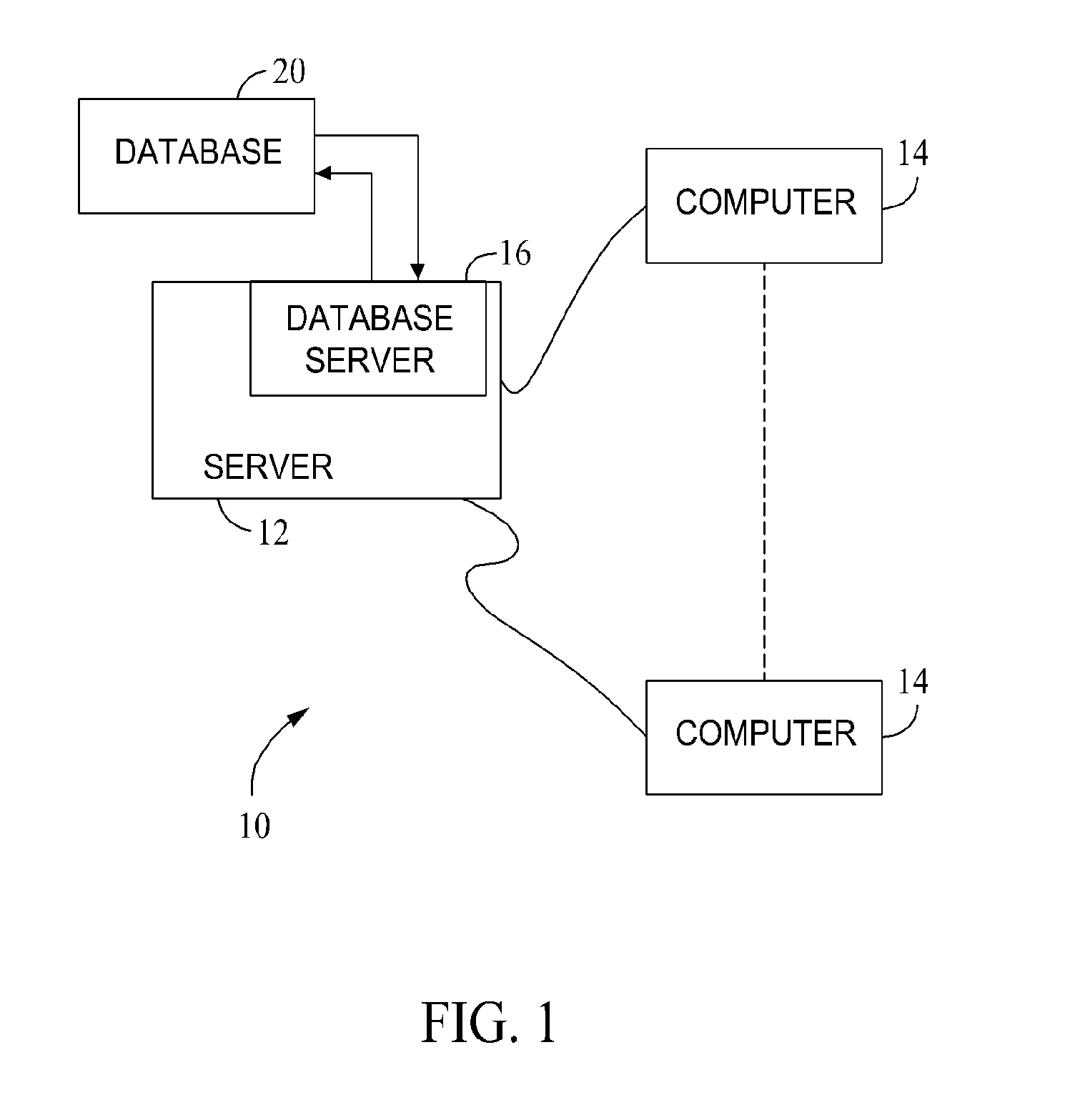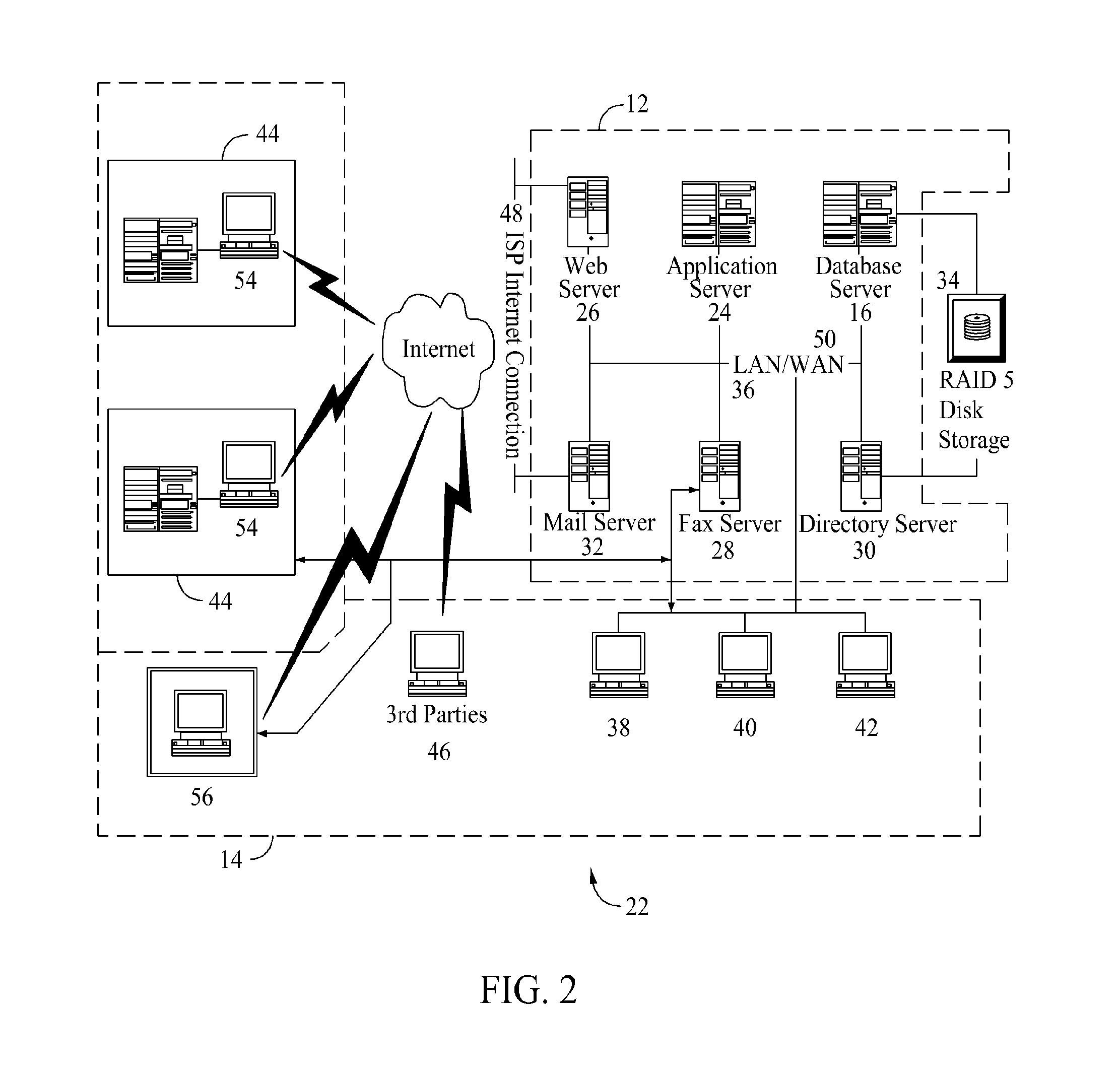Methods and systems for loading data into a temporal data warehouse
a temporal data and warehouse technology, applied in the field of computer data warehouses, can solve the problems of large data volume, long run-time, and inefficient initialization methods of sequential methods, and achieve the effects of relatively intrusive updates to the target table, large data volume, and low initialization cos
- Summary
- Abstract
- Description
- Claims
- Application Information
AI Technical Summary
Problems solved by technology
Method used
Image
Examples
Embodiment Construction
[0033]Embodiments are described herein with reference to a change data capture (CDC) process. As used herein, the term “CDC” refers to a process of capturing and applying change to a temporal data warehouse. The input to the CDC process, an incoming data set, may already be transformed to match the data model of the target warehouse (e.g., normalized, business or natural key), but without the temporal processing such as time sequencing, temporal normalization and / or resolving temporal collisions. The incoming data set may already be loaded to the database system, such that it is directly accessible by the CDC process.
[0034]The present disclosure may be described in a general context of computer code or machine-useable instructions, including computer-executable instructions such as program modules, being executed by a computer or other machine, such as a personal data assistant or other handheld device. Generally, program modules including routines, programs, objects, components, da...
PUM
 Login to View More
Login to View More Abstract
Description
Claims
Application Information
 Login to View More
Login to View More - R&D
- Intellectual Property
- Life Sciences
- Materials
- Tech Scout
- Unparalleled Data Quality
- Higher Quality Content
- 60% Fewer Hallucinations
Browse by: Latest US Patents, China's latest patents, Technical Efficacy Thesaurus, Application Domain, Technology Topic, Popular Technical Reports.
© 2025 PatSnap. All rights reserved.Legal|Privacy policy|Modern Slavery Act Transparency Statement|Sitemap|About US| Contact US: help@patsnap.com



